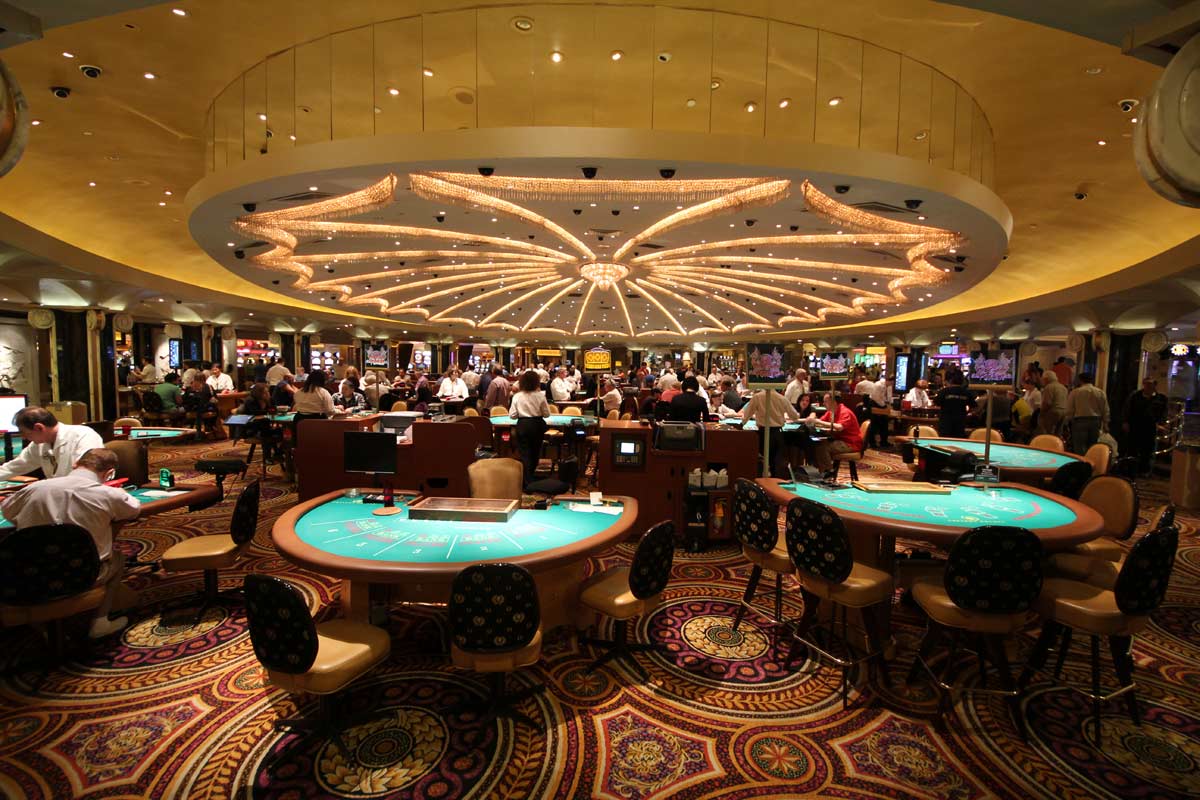
Slot machines has enthralled players for many years, merging luck and fun in a exciting manner. From the first mechanical slot devices to the advanced digital machines of current times, the development of slot machines shows not only improvements in technology but also evolving social dynamics around gambling. The thrill of spinning the reels and the anticipation of a potential win draw millions to gambling establishments around the world, making slot machines a central part of gambling culture.
The attraction of these games goes beyond mere luck; they present immersive experiences laden with motifs, audio, and visuals that enhance the overall enjoyment. Whether playing in a crowded casino or from the comfort of home, the excitement of slot gambling remains a common thread uniting players across varied backgrounds. This fascination continues to grow, sparking discussions around strategy, mental aspects, and the impact of gambling on society, as enthusiasts seek not only fortune but also a feeling of community in their gameplay.
The History of Slot Machines
The fascinating origins of slot machines can be traced to the late 19th century when a mechanic from San Francisco created the first true slot machine known as the Liberty Bell. This machine featured three reels with five unique symbols, including horseshoes and the legendary Liberty Bell, which created the standard for upcoming designs. Fey’s invention quickly gained popularity in bars and saloons, offering patrons a chance to win some cash, making it a favored entertainment option for many.
As the rise in popularity of slot machines expanded in the early 20th century, they began to transform. The introduction of electrical elements brought about the fruit machine, which included images of fruit symbols such as lemons and cherries, further enhancing the attraction of the game. With these advancements, slot machines transitioned from basic mechanical devices to more complex machines that offered a variety of gameplay options and bonus features, drawing in a more diverse audience and becoming commonplace in casinos.
The mid-20th century marked a significant turning point for slot machines with the advent of computerized systems. The first fully automatic machine debuted in the 1960s, paving the way for video slots, which featured digital screens and sophisticated graphics. slot bet 200 This development expanded the potential for creativity in design and gameplay, ultimately leading to the wide array of slot machines found today in casinos around the world. As slot gambling continued to become increasingly popular globally, regulations also adapted, influencing the manufacturing and operation of these machines in the gaming industry.
How Slots Function
Slots function based on a mix of physical and electronic systems created to create arbitrary outcomes. At the heart of a traditional slot machine are physical reels that rotate when the player pulls a lever or hits a button. Modern video slots have replaced these physical reels with graphics displayed on a screen, but the underlying principle remains the same: producing random numbers that decide where the symbols land on the reels.
The unpredictability is achieved through a RNG, or RNG, which continuously produces numbers even when the device is not being used. When a player starts the device, the RNG halts at a particular number, correlating to a combination of symbols on the screen. This ensures that each spin is independent of the previous, providing equitable odds and preserving the thrill of guesswork that draws players to slot gaming.
In addition to basic paylines, many contemporary slot machines include advanced game features, including reward rounds, progressive jackpots, and wild or bonus symbols. These elements introduce layers of tactics and engagement, encouraging players to interact with the device beyond just the fundamental spinning of reels. This active ecosystem maintains slot gaming fresh and appealing, catering to a variety of preferences and gaming styles.
The Psychology of Gambling
The allure of slot gambling often lies in its ability to evoke a range of emotions, tapping into the thrill of risk and reward. Players experience a rush of excitement as they pull the handle or hit the button, fueled by a mix of expectation and hope. This volatility can lead to a heightened state of excitement, making the experience addictive for many. The near-miss effect, where players come close to hitting a jackpot, triggers a surge of dopamine that reinforces the desire to keep playing, often despite substantial financial losses.
Social factors also play a crucial role in the psychology of slot gambling. Many casinos create an engaging environment that encourages friendship among players, fostering a sense of community. The common experience of playing together can enhance enjoyment, leading to longer gaming sessions. Furthermore, special offers and loyalty rewards make the decision to come back to the slots feel more justified, as players believe they are part of an exclusive club, thereby amplifying their commitment to wagering on the machines.
Lastly, the way slot machines are designed influences player engagement at a psychological level. Features like vivid lights, engaging sounds, and captivating themes create an atmosphere of thrill and distraction. This sensory overload can make it difficult for players to gauge time spent and money lost, prompting them to keep playing. By understanding these psychological mechanisms, it becomes evident why slot gambling continues to intrigue so many people, drawing them into a world that blends the boundary between entertainment and compulsion.